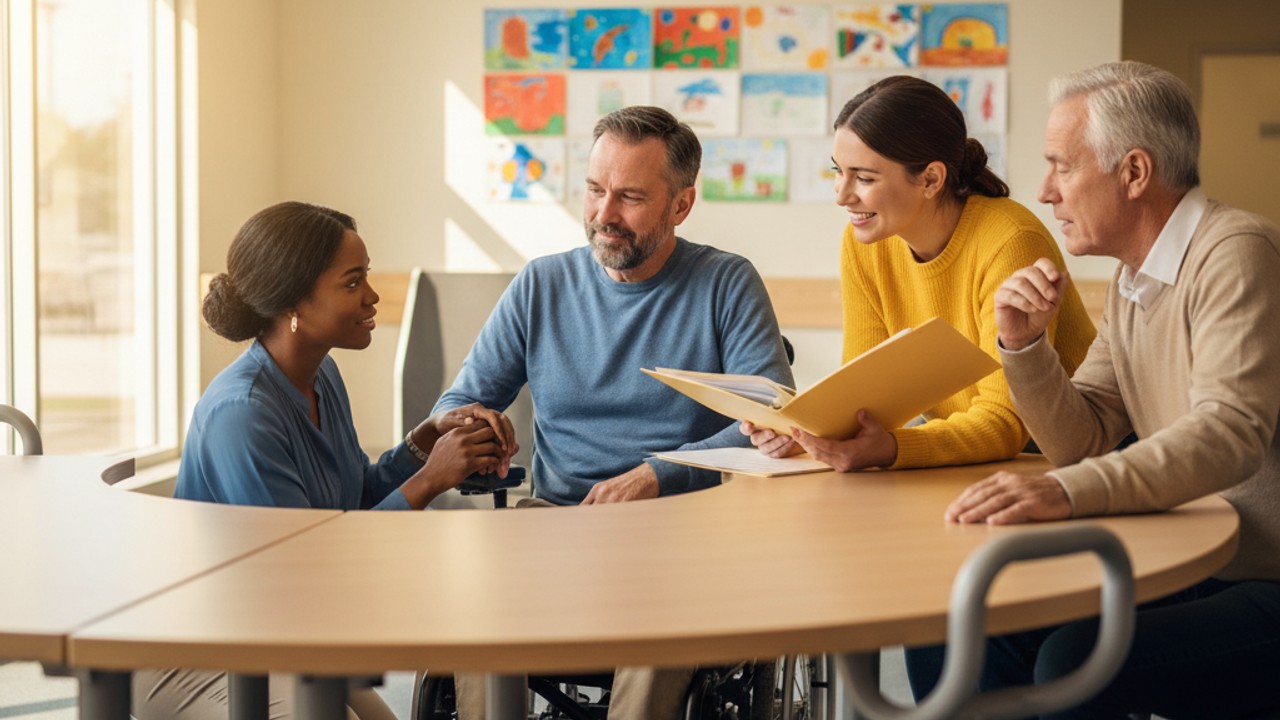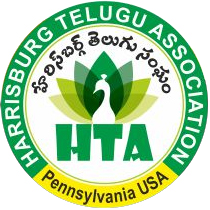In the quiet corners of our communities, untold stories of struggle and resilience unfold every day. Behind the numbers and news headlines are children facing neglect, individuals grappling with disabilities seeking dignity, and families navigating crises that threaten their existence. These narratives are not distant — they are close, urgent, and call for collective engagement.
The Fragile Lives Behind Crisis Intervention
According to the World Health Organization, over 70 million people worldwide require immediate humanitarian aid each year due to conflicts, disasters, or other crises (WHO 2023). Crisis intervention efforts serve as a lifeline in these moments, offering emergency support that can mean the difference between survival and despair.
Consider the recent devastation wrought by floods in Pakistan in 2022, where over 33 million people were affected and millions displaced. Organizations like the International Federation of Red Cross and Red Crescent Societies stepped in swiftly, providing shelter, food, and psychological first aid (IFRC 2022).
Child Welfare: Protecting Our Future
Child welfare remains a critical focus as millions of children worldwide are vulnerable to abuse, exploitation, and deprivation. UNICEF reports that approximately 4.8 million children under five die annually, often from preventable causes compounded by poverty and inadequate care (UNICEF 2023).
Non-profits such as Save the Children and Child Welfare League of America are pioneering holistic approaches—from nutrition to education—that safeguard these young lives. Programs like Save the Children's "No Child Born to Die" campaign underline the urgency and the possibility of change (Save the Children).
Disability Support: Breaking Barriers
Globally, over one billion people experience some form of disability, with many facing significant barriers to inclusion and access (WHO 2023). Disability support organizations, such as the National Disability Rights Network and Leonard Cheshire, are driving systemic change by advocating for inclusive policies, accessible infrastructure, and meaningful employment opportunities.
These initiatives remind us that disability is not an individual limitation but a call for societal transformation. Access programs and adaptive technologies are empowering individuals to live autonomously and contribute fully to their communities.
Community Engagement and Rehabilitation: Pathways to Renewal
At the heart of social support are the community-driven efforts that facilitate both prevention and recovery. Rehabilitation is not merely physical recovery but the rebuilding of hope and promise. Non-profits like The Salvation Army and community centers worldwide exemplify this by offering addiction recovery, mental health counseling, and vocational training.
In the United States, more than 20 million people aged 12 or older needed substance use treatment in 2021, but only 4.2 million received any in the past year (SAMHSA 2021). This gap underscores the critical role of rehabilitation programs that provide comprehensive and compassionate care.
The Call to Action
These stories are not isolated; they are interconnected. When a child is cared for, a community grows stronger. When an individual is supported through rehabilitation, society heals as a whole. And when disability support is prioritized, barriers fall, opening doors for equity and participation.
You too can be part of this change. Volunteering, donating, spreading awareness, and supporting trusted non-profits amplify the impact. Platforms like GlobalGiving and Charity Navigator offer avenues to connect meaningfully with vetted organizations.
Let us lift every voice and extend every hand to ensure crisis intervention, child welfare, disability support, community engagement, and rehabilitation are not just words, but lived realities for those who need them most.








